Chinchero is a historic town located in the Cusco region of Peru. Known as the "Land of the Rainbow," it is situated on the slopes of a mountain in the Sacred Valley of the Incas at an altitude of approximately 3,762 meters above sea level. This picturesque place is renowned for its rich cultural, archaeological, and natural heritage.
What is Chinchero?
Chinchero, surrounded by the imposing snow-capped mountains of Salkantay, Verónica, and Soray, is nestled among the ravines and lagoons of Huaypo and Piuray. Located in the Sacred Valley of the Incas, Chinchero Peru served as a residential, administrative, and political center during the Inca period.
The area boasts a collection of agricultural terraces, structures, kallankas (large halls), water channels, huacas (sacred places), and the Colonial Temple of Monserrat. The pre-Hispanic roads are part of the Qhapaq Ñan, the Inca road system. Chinchero also functioned as a resting place for Tupac Inca Yupanqui, acting as his residence, palace, and agricultural hub. Today, it remains a community dedicated to cultivation, preserving its ancient traditions and customs.
What does Chinchero mean?
Chinchero gets its name from the frequent appearance of rainbows during the rainy season. The name "Chinchero" comes from "Chinchay," which refers to a significant feline in Andean cosmology. It is also known by names like "jacacho," "jacallo," or "jacaho," which refer to a sacred bird that, according to tradition, would sing to predict rain and good harvests.
Chinchero History
Pre-Inca Period
Chinchero was inhabited by the Ayllu Pongo and Cuper Ayllu groups, which were part of the Ayarmaca ethnic group. Today, these groups survive as rural communities. Ayllu Pongo is located to the south and southwest of Chinchero. At the same time, Cuper Ayllu is found to the northeast, occupying the southeastern shores of Piuray Lake and extending to the highlands of Anataquilca and Sauco.
Inca Period
During the Inca era, Chinchero became part of the personal lands of Tupac Inca Yupanqui, who ordered the construction of the Inca city in Chinchero Cusco. In 1536, Manco Inca, after facing the Spaniards at Piuray Lake, retreated to the Yucay Valley and then to Ollantaytambo, setting fire to the palaces of Chinchero to prevent the Spaniards from resupplying and capturing him.
Colonial Period
With the arrival of the Spaniards in 1533, Chinchero underwent significant changes, including the establishment of encomiendas. Viceroy Francisco de Toledo implemented the reduction of indigenous people and ordered the construction of the Colonial Temple of Monserrat. In 1572, the town of Nuestra Señora de Monserrat was founded on the ancient Inca site, consolidating Cuper Ayllu, Ayllu Pongo, and Yanacona into a single urban nucleus.
Chinchero Today
Chinchero Peru, preserves a monumental blend of Inca and colonial architecture. Its economy thrives on textile craftsmanship, with production centers that keep local traditions and customs alive. The communities are still organized under the Inca system of ayllus, led by various (community leaders), and continue to practice bartering while celebrating various festivals.
Where is Chinchero?
Chinchero Archaeological Park is located in the Chinchero district of Urubamba province, in the Cusco region, 28 kilometers from the city of the Incas. Situated at an altitude of 3,762 meters above sea level, the site lies at the coordinates 13° 24' 30" latitude and 72° 04' 15" longitude.
How to get to Chinchero from Cusco?
The most common route to Chinchero from Cusco is the paved Cusco-Urubamba road. You can take either public or private transport from Cusco, covering the 28 kilometers in about 45 minutes. This route offers stunning landscapes and is a quick and convenient way to reach Chinchero.
Centro arqueológico de Chinchero/Archaeological site
The archaeological park of Chinchero is divided into two main sectors: the residential sector, with complexes intended for the nobility with residential and ceremonial functions, and the agricultural sector, known for its terraces and fields. The site also includes pre-Hispanic roads, water channels, and ceremonial huacas, reflecting the sophisticated urban and religious planning of the Incas.
Chinchero Market
The Chinchero market is one of the most picturesque and authentic in Peru, a must-visit for those exploring the Sacred Valley. It serves as both a commercial exchange and a vibrant cultural hub where tradition and modernity intersect.
What to see in Chinchero?
Plaza Principal/Main Square
Known as the Plaza de Armas of Chinchero, this open area in front of the church hosts public and religious activities. On certain days, it transforms into a colorful artisan market where you can admire and purchase traditional textiles offered by locals in traditional dress.
Arches of the Plaza Principal
These main arches, also called "triumphal arches," mark the entrance to the plaza. During Catholic festivals, the three ayllus (Cuper Ayllu, Pongo Ayllu, and Yanacona Ayllu) enter the main square through these arches, celebrating their cultural and religious heritage.
The 12 niches
On the western side of the Catholic temple, a long Inca wall with 12 trapezoidal niches is located. These niches likely housed mummies or idols of the Inca nobility. Although constructed during the Inca period, the work still needed to be completed.
Temple of Nuestra Señora de Monserrat
This colonial temple, dedicated to the Virgin of Monserrat, is one of the most important sites from the colonial era in Chinchero. Built on an ancient Inca site, the temple also functioned as a cemetery and has a ritual connection to a nearby stone cross. The temple is notable for its Cusco-style paintings and works by Diego Quispe Tito, adorned with gold leaf.
Kallankas
Kallankas are delicate masonry structures known as the three palaces. They served as the residence of Tupac Inca Yupanqui in Chinchero, where he spent his last days. These buildings reflect the architectural skill of the Incas.
Wakas Pumaqaqa and Teteqaqa
Six wakas or sacred places have been identified, with the most important being Pumaqaqa and Teteqaqa. Pumaqaqa features sculptures of two pumas, mutilated by those who sought to eradicate idol worship. Teteqaqa is a carved stone with stepped representations, located amidst agricultural terraces.
Agricultural terraces
The terraces, distributed throughout the Chinchero Sacred Valley, were historically used for growing crops such as potatoes and corn. They demonstrate the Incas' ingenious adaptation to the mountainous terrain.
Inca Trail
The trail from Chinchero to Urquillos connects with the Sacred Valley of the Incas. These stone-paved routes facilitated the movement of the Pongo and Yanacona ayllus during religious ceremonies. Today, these paths are still in use and lead to the beautiful Pocpoc waterfalls and finally to Urquillos.
Explanada or Plaza Inca
Known as Capellanpampa, this large plaza is the ceremonial center of Chinchero Cusco Peru. Surrounded by three buildings known as the three palaces, it served for public and ceremonial activities. The plaza has four access points arranged counterclockwise around the pampa and is still used for public and religious events.
Climate
Chinchero has a semi-dry and temperate climate, with an average temperature of 14 °C. During the summer, from October to March, the maximum temperature reaches 22 °C, although rain is frequent. In winter, from April to September, minimum temperatures can drop to -5 °C, with cold nights below freezing. However, the days are usually clear with a brilliant blue sky.
Read More | Peru weather
Best time to visit Chinchero Peru
The best time to visit the Chinchero archaeological site is during the dry season, from April to September, when the weather is ideal for exploring without interruptions from rain. However, from October to March, the rainy season offers the chance to see stunning rainbows over the green areas, creating a unique natural spectacle.
Things to do in Chinchero
Museo de Sitio de Chinchero
Located in the main square of Chinchero, this museum, founded in 1996, has two large exhibition rooms. It showcases archaeological artifacts such as ceramics, metals, and a puma sculpture from local excavations. Additionally, it houses an ethnographic collection with farming tools, textiles, traditional clothing, and colonial paintings from the 17th and 18th centuries, highlighting works from the Cusco school.
Read More | Best museums in Cusco
Huaypo lagoon
Spanning 1,500 meters by 800 meters, Laguna de Huaypo offers spectacular views surrounded by the sacred mountains of Chicón, La Verónica, and Salkantay. This tranquil body of water is ideal for bird and fish watching and for low-intensity water sports. Its serene waters invite you to enjoy an atmosphere of peace and natural beauty.
Piuray lagoon
Piuray Lake, the largest in Chinchero, has a perimeter of 8,750 meters and depths ranging from 20 to 50 meters. Surrounded by crops, it hosts trout and various wild birds. This lake supplies water to the city of Cusco and offers a striking landscape. Its dark blue waters reflect the Andean sky, creating an impressive visual experience.
Urquillos
Situated in the heart of the Sacred Valley, Urquillos is surrounded by majestic mountains and features Inca terraces that are still used for local agriculture. This picturesque place offers a glimpse into the past and present of agricultural life in the region, making it ideal for a journey combining history and nature.
Pocpoc waterfall
Just 3 km from Chinchero, along the Inca Trail to Urquillos, lies the stunning Pocpoc Waterfall. With a drop of over 50 meters, this waterfall provides a natural spectacle amidst lush forests under Antaquila Mountain. Accessible for a small fee, the visit promises a unique connection with nature and an unforgettable scenic view.
Festivities in Chincheros
Papa Raymi
Papa Raymi, celebrated in June at the Chinchero ruins, honors the potato and local products. This festival highlights the region's agricultural importance, evidenced by its ancient terraces.
Cocha Raymi
Cocha Raymi, celebrated in March, is a water ritual honoring Chinchero’s lakes, Piuray and Huaypo. This event is crucial for the community, as water is vital for agriculture and local life.
Virgin of Natividad Festival
Known as Mamacha Natividad, this festival, which is held from September 7 to 10, is an important religious celebration in Chinchero.
Cruz Velacuy
Cruz Velacuy, celebrated on March 3, is a significant religious festival in Chinchero, reflecting the community's deep faith and traditions.
Legends and facts about Chinchero, Peru
Foundation by Tupac Inca Yupanqui
Between 1471 and 1493, Tupac Inca Yupanqui built a palace or retreat residence in Chinchero, which was part of his estates known as panacas. He also ordered the construction of shrines, terraces, and the grand royal palace in this area, which the Incas favored for its pleasant climate and fertile soils, ideal for cultivation.
The burning of Chinchero
Before retreating to the Yucay Valley, Manco Inca set fire to Chinchero's palaces to prevent his enemies from resupplying and capturing him. Archaeological investigations have confirmed that the burning occurred in 1540, leaving Chinchero in ruins and abandoned.
Death of Tupac Inca Yupanqui
According to Waldemar Espinoza, Tupac Inca Yupanqui died in 1493, allegedly poisoned by one of his concubines, Chuki Ocllo, to ensure her son’s succession. However, the Inca revoked his decision and appointed Tito Kusi Wallpa (Huayna Capac) as his successor before dying at his residence in Chinchero.
The legend of Piuray and Huaypo lakes
The legend tells that the first Inca ruler, Manco Capac, received an order from the Sun God for his children to accompany him in death. On their journey, his son transformed into Huaypo Lake and his daughter into Piuray Lake, both located in Chinchero.
Frequently asked questions
How far is Chinchero from Cusco?
Chinchero is approximately 28 kilometers from Cusco. The paved Cusco-Urubamba road covers this distance in about 45 minutes by car or public transportation.
Is Chinchero in the Sacred Valley?
Yes, Chinchero is located in the Sacred Valley of the Incas. This valley is renowned for its historical and cultural significance and includes a series of important archaeological sites and towns in the Cusco region, Peru.
What to buy in Chinchero?
In Chinchero, you can find a wide variety of traditional textiles, including ponchos, chullos, and blankets, all handmade by local artisans using ancestral weaving techniques.
What is the historical significance of Chinchero in the Inca Empire?
Chinchero was a major administrative and residential center during the Inca era, built by Tupac Inca Yupanqui. It is renowned for its agricultural terraces, temples, and Inca roads that connect it with other significant sites in the Sacred Valley.
What to see in Chinchero?
The archaeological park of Chinchero features agricultural terraces, temples, pre-Hispanic roads, and Inca walls. It also includes a colonial church built atop Inca structures.
Is Chinchero worth visiting?
Absolutely! Visiting Chinchero offers a unique blend of history, culture, and stunning landscapes.
Tips for your visit
- As a tourist, bring your passport to register at the entrance.
- Wear a hat or cap and apply sunscreen.
- Dress comfortably and bring a jacket for the cold.
- Carry a rain poncho, as the weather can be unpredictable.
- Commit to protecting cultural heritage by not leaning on or climbing walls to avoid damage and accidents.
- Respect Chinchero's traditions and customs to keep its identity alive.
- Take care of the local flora and fauna and respect natural surroundings.
The charm of the rainbow
Every destination we visit in life offers unique and emotion-filled experiences. Chinchero Peru, known as the "Charm of the Rainbow," is the perfect place to start an unforgettable vacation. Here, expectations fade away, and the real journey begins. It invites you to explore its stunning landscapes and immerse yourself in its rich cultural heritage.
At TreXperience, we take you to explore Chinchero in Sacred Valley tours and its charming corners, connecting you deeply with the beauty and history of this beautiful place.

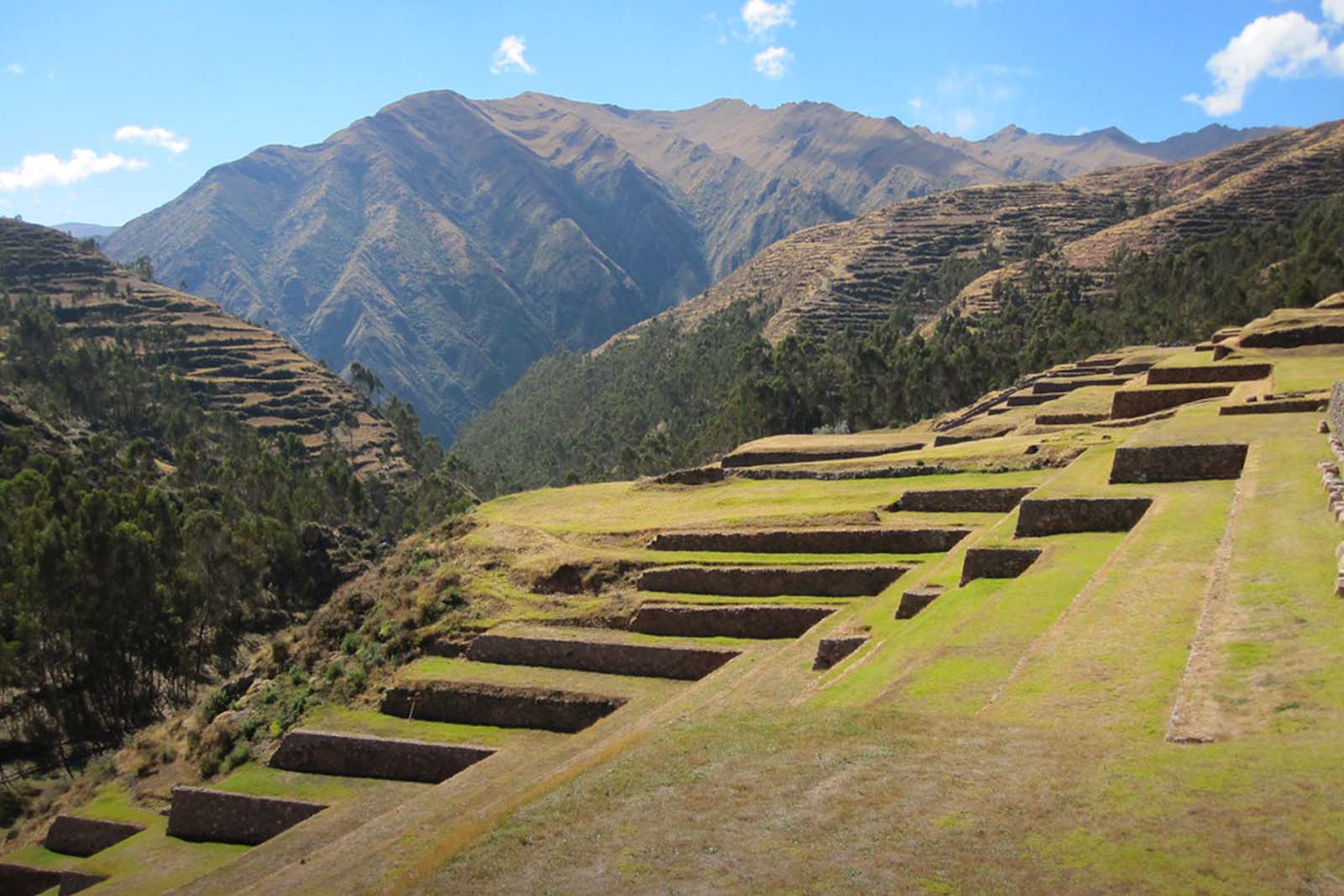
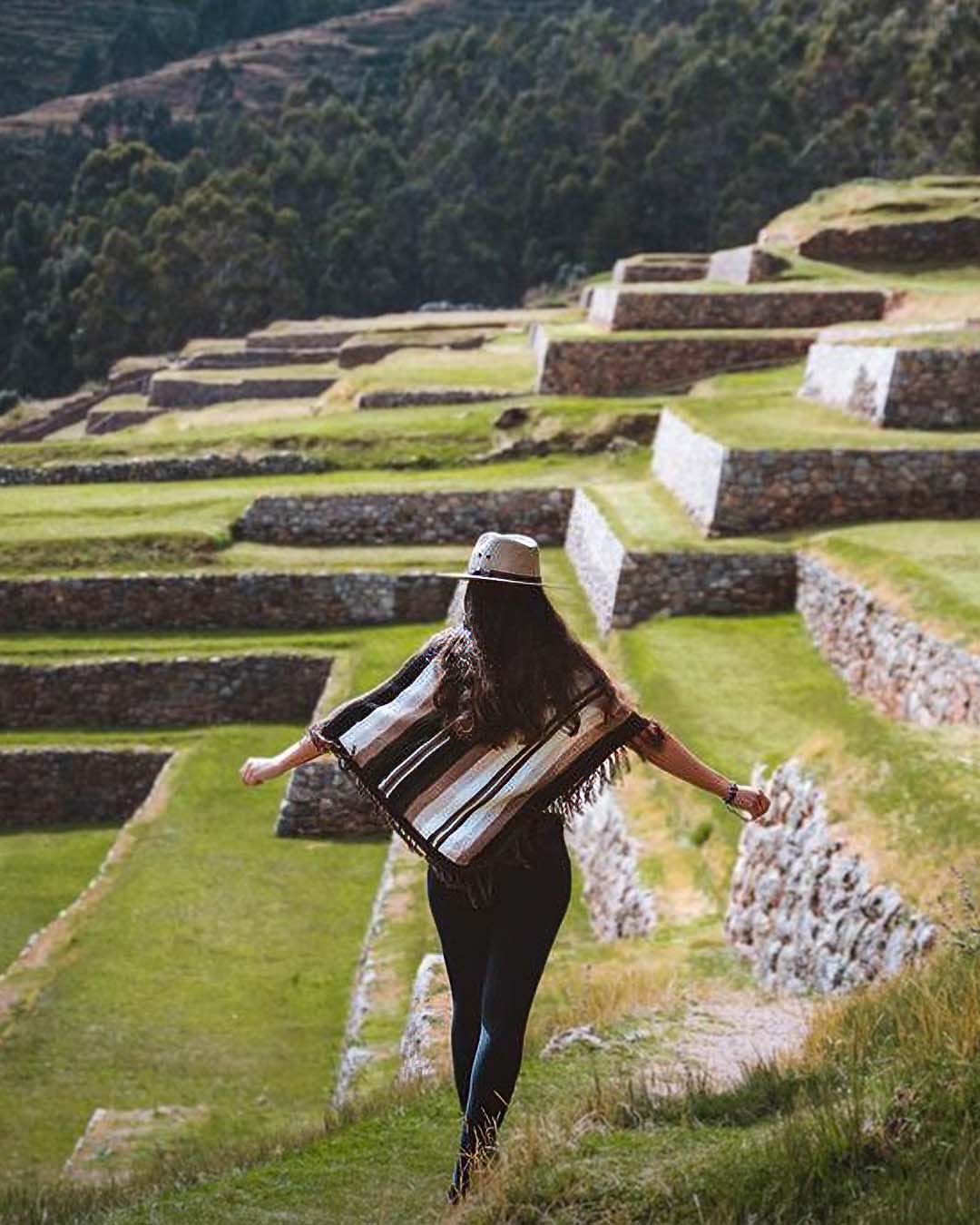
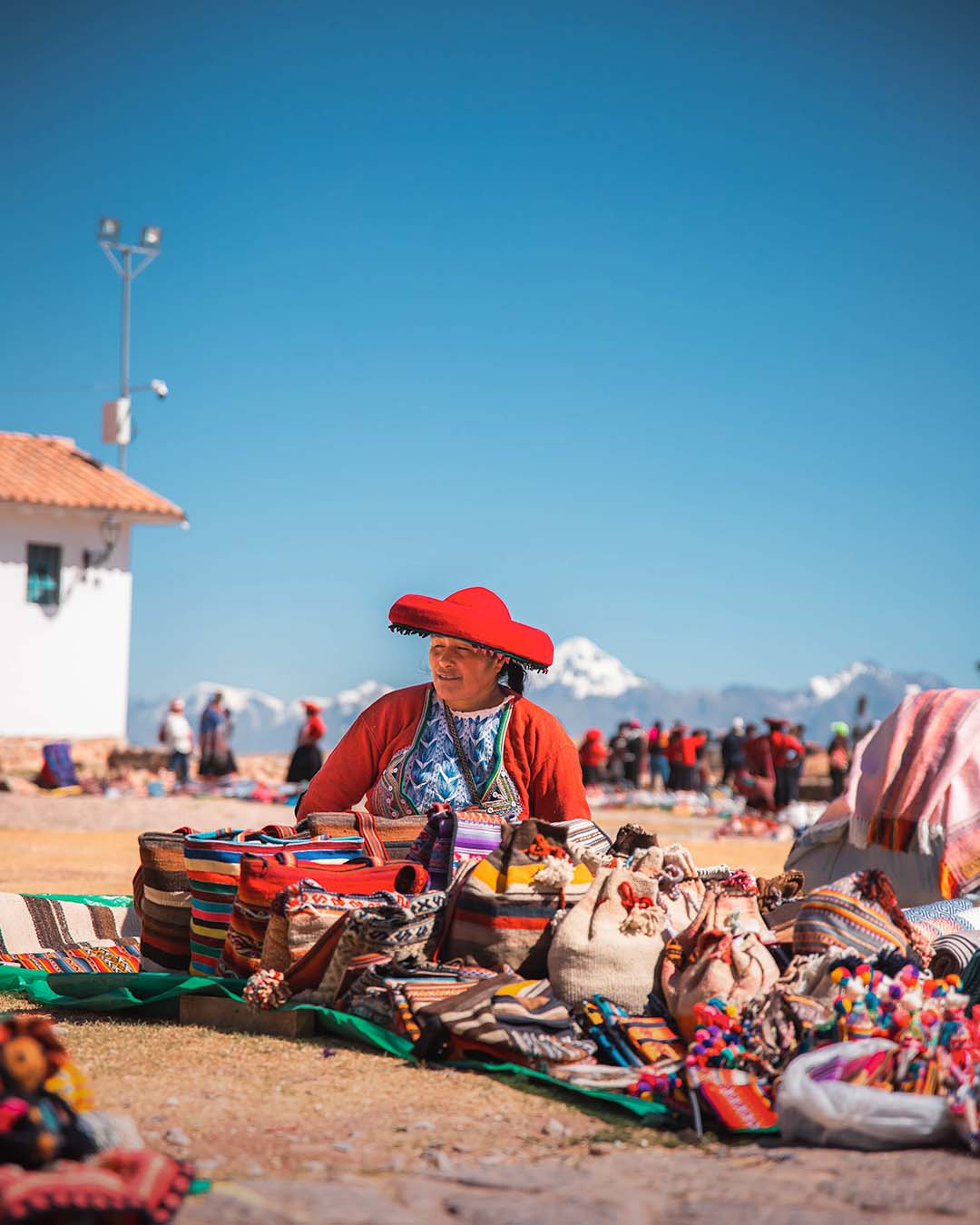

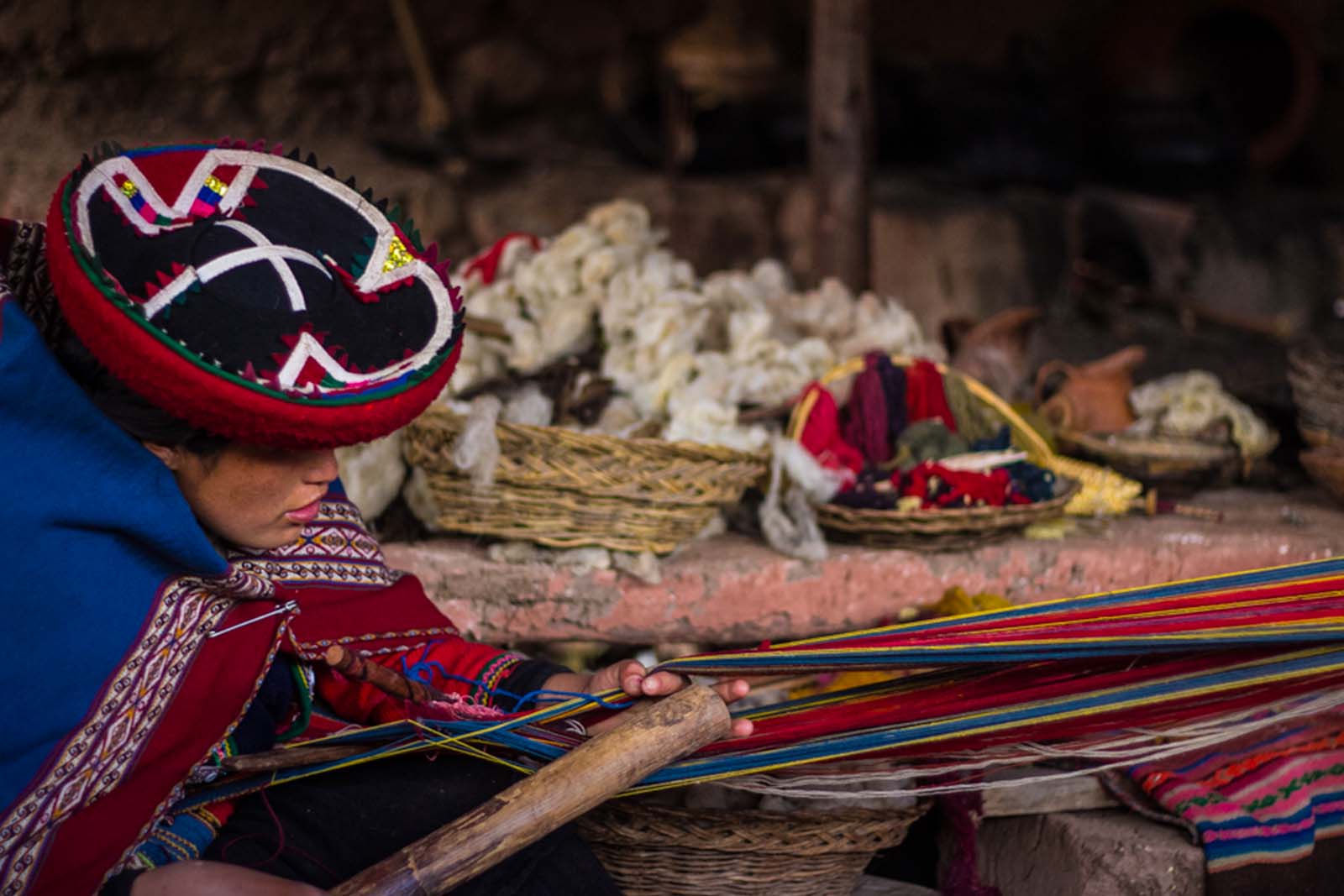
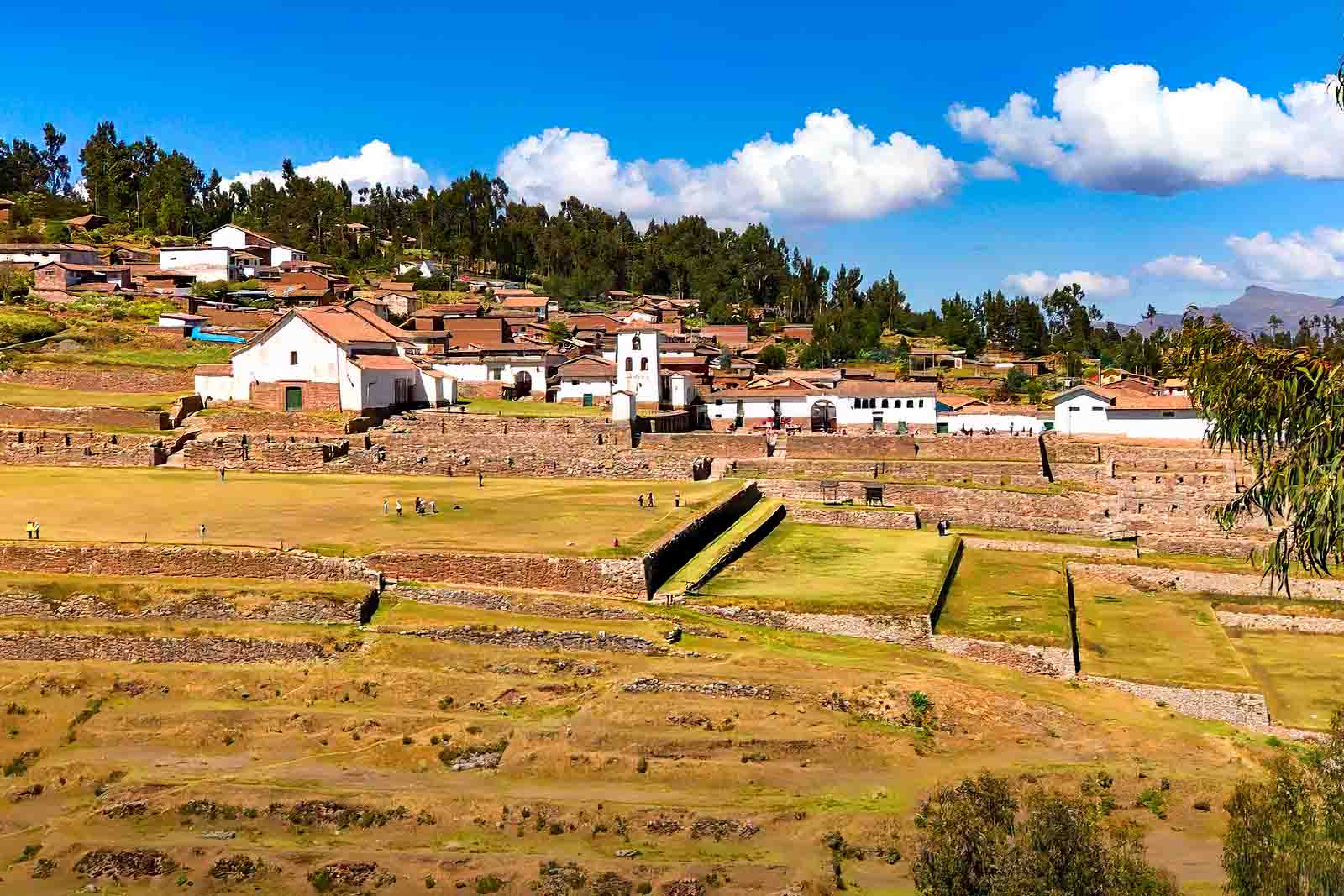
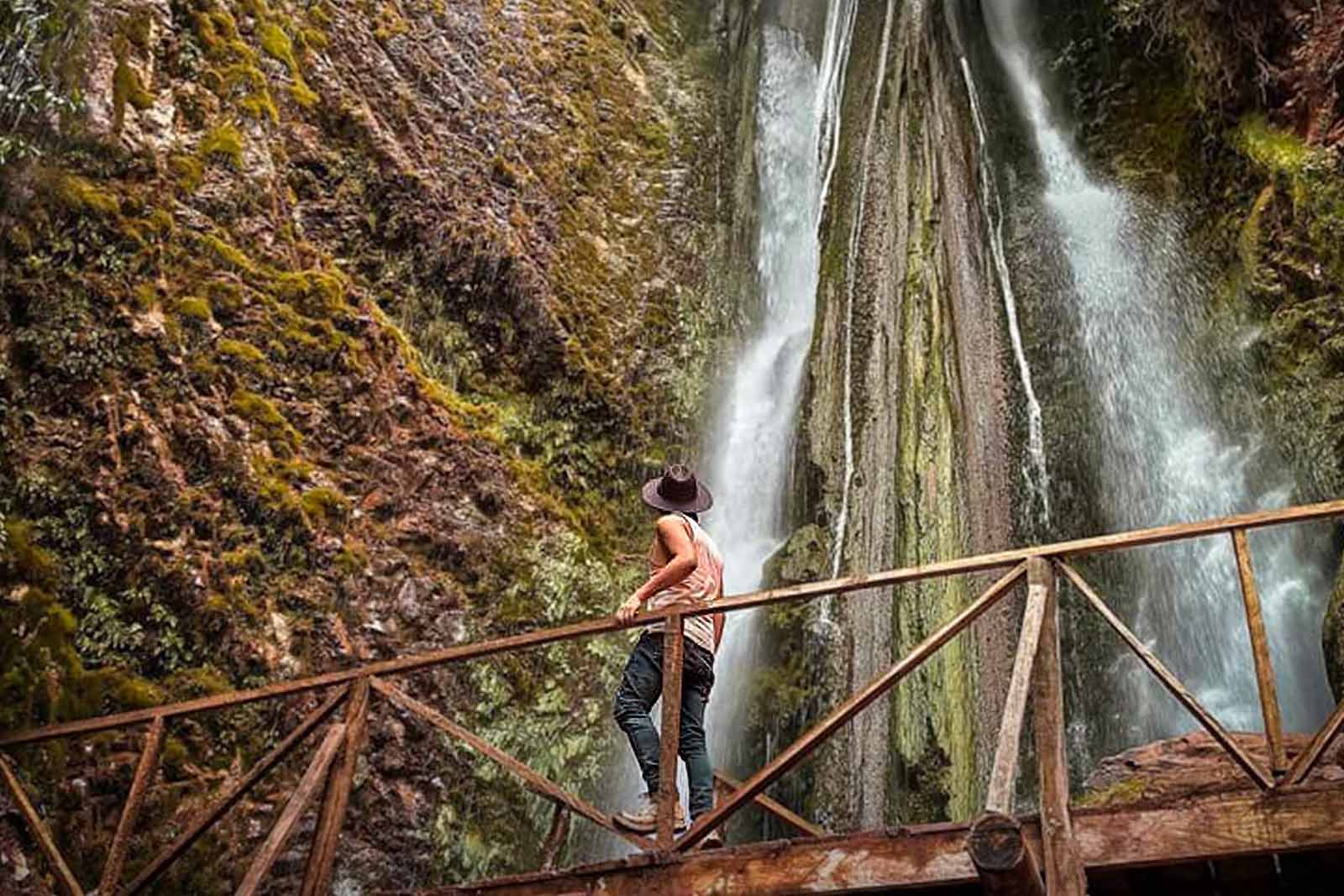
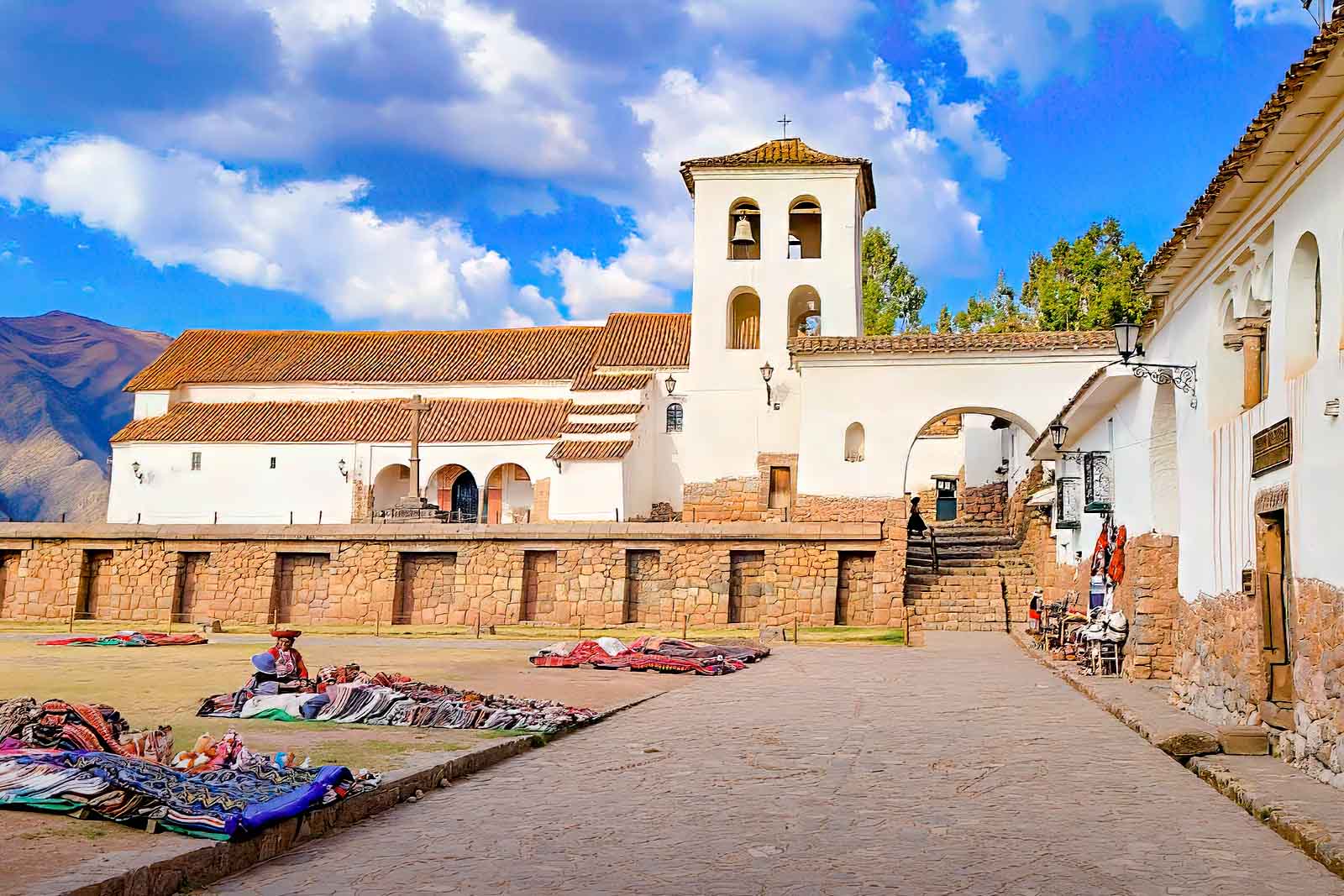
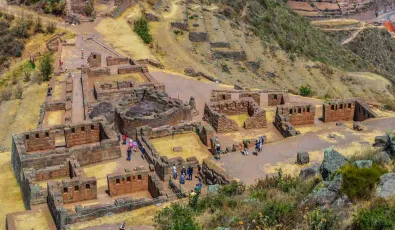
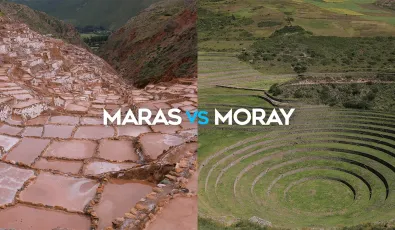
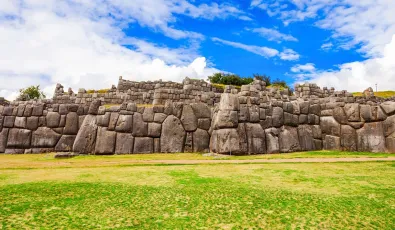

Add new comment